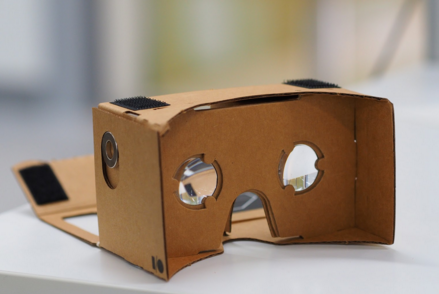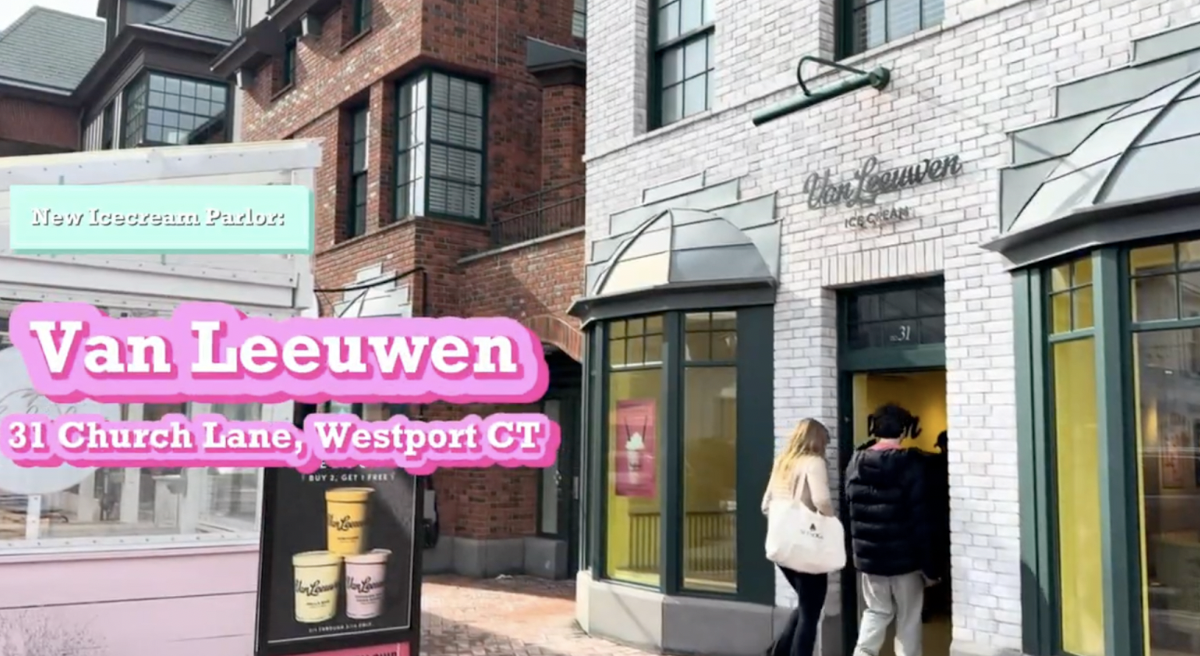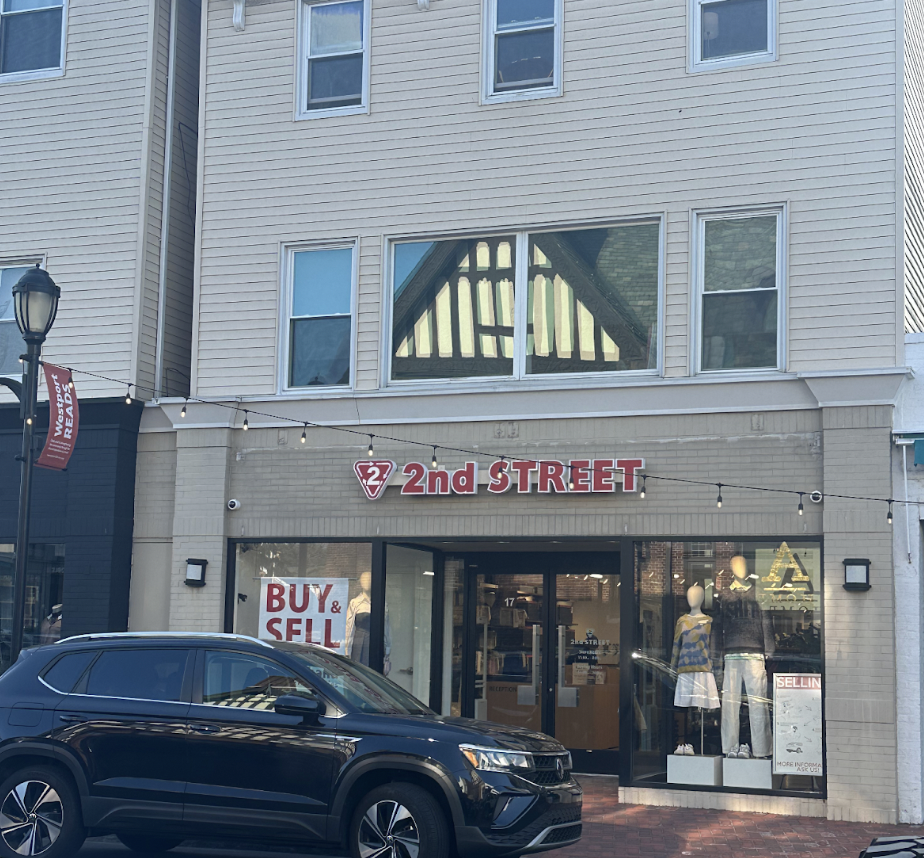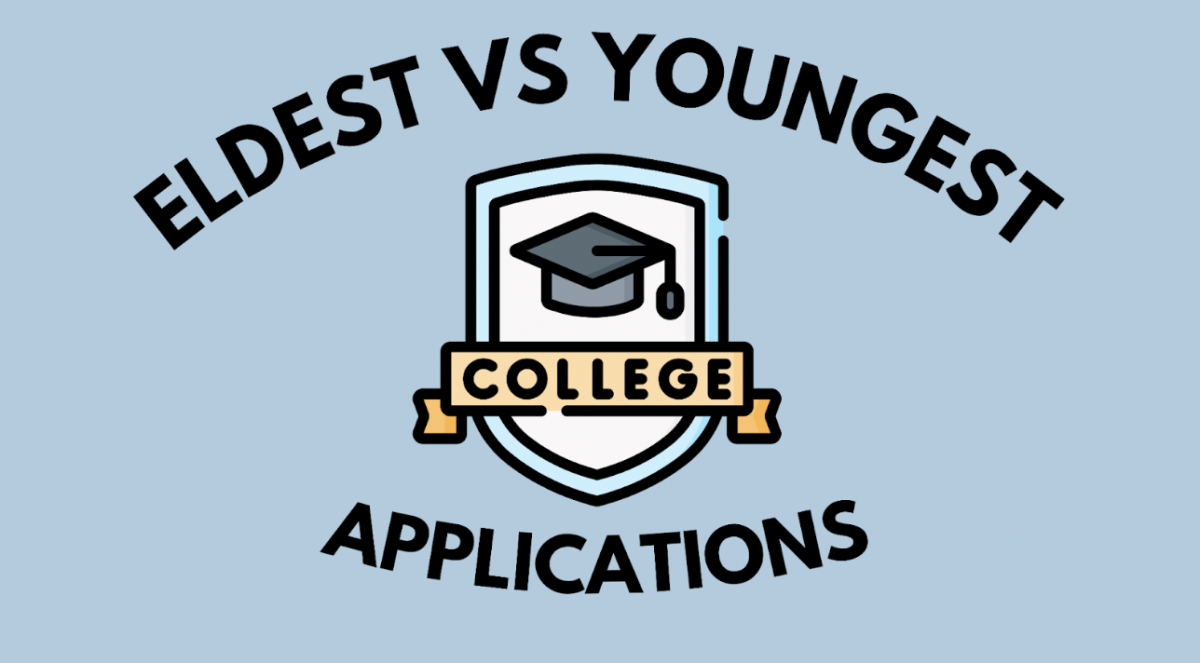Students draw distinctions between reality and virtual reality

(Image labeled for reuse via Wikipedia under the Creative Commons License).
The New York Times sent out a Google Cardboard Virtual Reality Viewer to paper subscribers on November 8, 2015 as part of an initiative to begin the “future of journalism.”
According to the NYT VR: Virtual Reality website, this initiative aims to “take a step into virtual reality” in order to “simulate richly immersive scenes from across the globe.” This mock-virtual reality works by downloading an iPhone app titled “NYTVR” that will display videos. Once the app is downloaded and the videos are chosen, users can look through the Google Cardboard to feel like they are inside the video.
The app is made so users not only can look straight into what is happening and can hear people in the video, but the user can turn their head almost 360 degrees around and still see new spots in the video.
While students agree that the invention is noteworthy, the device brings to light fears of not being able to create a distinction between reality and virtual reality in the future.
“Currently, there’s a problem where people are being absorbed by their iPhones, computers, etc., let alone virtual reality headsets which completely block what’s happening in the real world,” Erika MacDonald ’17 said.
Christopher Scherban ’17 agrees with MacDonald that this advancement towards virtual reality is a reflection “of the fact that people are becoming more immersed in technology rather than the world around them,” Scherban said, adding that “VR (for me) will never beat reading a physical newspaper, either at home or outside.”
The move towards digital technology has reached the point to which by 2020, computer systems that “deliver convincing, immersive, reasonably reliable virtual reality will cost no more than a big-screen television,” according to Science Clarified.com. The same article stated that this growing movement for virtual reality has sparked debate between opposers who think virtual reality makes changes in the brain and supporters who believe that virtual reality will enhance the areas of “education, science, industry, art and entertainment.”
Staples students have begun to join in on the debate of whether the New York Times was correct in saying that this new technology will become the “future of journalism.” However, this is not a popular idea in the Staples community.
One such student who does not believe that virtual reality will be the future of journalism, Giselle Briand ’17 does not believe that “people will want to use this new device to ‘look into’ the scenario and moments that happened in Paris,” Briand said. However, Briand does recognize a virtue in virtual reality: virtual reality is an opportunity to mentally go into the lives of people around the world and is a “great way to recognize people who are living different lives from us,” Briand
Though controversial, most Staples students agree on one aspect of the virtual reality: “it’s so awesome.”













































